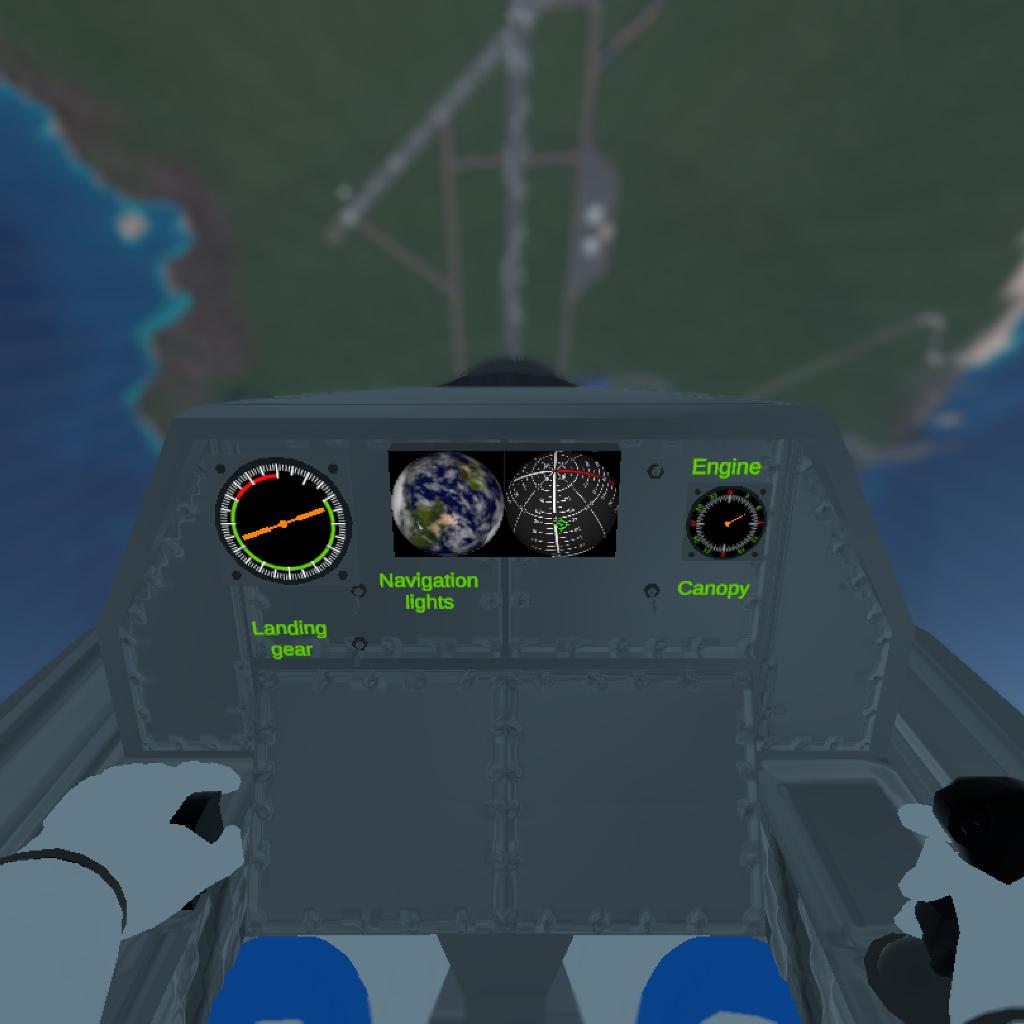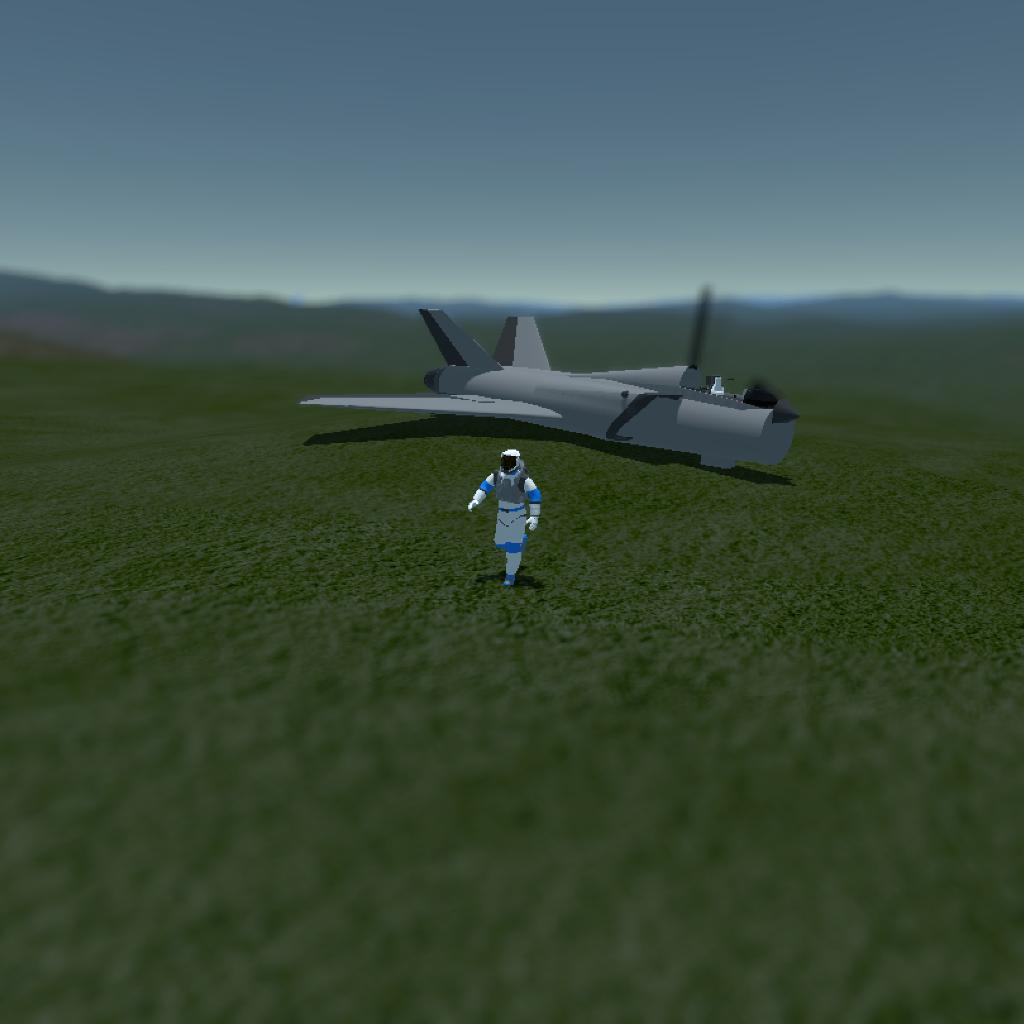Origins of the F-778: The Canard Delta Wing Generation 4.5 Aircraft
Conceptual Development by the Hurbanian Royal Air Force
The F-778, designed by the Hurbanian Royal Air Force (H.R.A.F.), represents a notable achievement in the realm of 4.5 generation fighter aircraft. Despite lacking thrust vectoring and supermaneuverability, the F-778's innovative design, featuring a canard delta wing configuration with cut-off forward swept wingtips, emphasizes high maneuverability and agility.
Early Research and Design
The development of the F-778 began in the early 2000s when the H.R.A.F. sought to enhance its air superiority capabilities with a new fighter that could outperform existing models in terms of agility and combat effectiveness. Drawing inspiration from successful canard delta wing designs and the unique properties of forward swept wings, H.R.A.F. engineers aimed to create an aircraft that excelled in close-quarters dogfighting and high-speed maneuvers.
The Canard Delta Wing and Forward Swept Wingtips
The canard delta wing layout, with small forewings (canards) positioned ahead of the main wings, provided several advantages:
- Improved Lift and Control: Canards enhance lift and improve pitch control, particularly at high angles of attack.
- Enhanced Stability: The configuration contributes to overall stability and responsiveness.
Forward swept wings, angled towards the aircraft's nose, offered:
- Delayed Stall Onset: Forward swept wings maintain lift at higher angles of attack, delaying stall onset and improving maneuverability.
- Improved Lift Distribution: This design ensures a more even lift distribution across the wing, reducing drag and enhancing agility.
The innovation of cutting off the forward swept wingtips aimed to balance these aerodynamic benefits while minimizing structural challenges such as bending and aeroelasticity. This modification reduced wingtip vortices and drag, resulting in better control and efficiency.
Development and Testing
The F-778's development involved rigorous computational fluid dynamics (CFD) simulations and wind tunnel testing to optimize its aerodynamic profile. Engineers focused on achieving a balance between stability and agility, ensuring the aircraft performed well across a wide range of speeds and flight conditions.
Despite the absence of thrust vectoring, the F-778 demonstrated exceptional maneuverability. The cut-off forward swept wingtips provided reduced drag and improved lift, allowing for tight turns and rapid directional changes. The canard configuration enhanced control, particularly during high-G maneuvers and complex aerial combat scenarios.
Operational Capabilities and Deployment
The F-778 entered service with the H.R.A.F. as a versatile and agile fighter, designed for both air-to-air combat and ground attack missions. Its superior handling characteristics made it highly effective in dogfights, providing a tactical advantage over adversaries with its precise and responsive control.
While the lack of thrust vectoring and supermaneuverability meant the F-778 could not perform extreme post-stall maneuvers, its design focused on maximizing aerodynamic efficiency and agility within traditional maneuvering envelopes. This made the F-778 a reliable and formidable presence in the H.R.A.F.'s arsenal.
Conclusion
The F-778 is a testament to the H.R.A.F.'s commitment to advancing aeronautical design within the constraints of existing technologies. By leveraging the benefits of a canard delta wing configuration and innovative forward swept wingtips, the F-778 achieves high levels of maneuverability and agility without relying on thrust vectoring. Its development underscores the importance of aerodynamic innovation in achieving superior performance in modern fighter aircraft.
To enter First person you must:
Tap the camera and then tap the other camera And now Tap the Camera TextControls:
Engine: Ag1
Canopy: Ag2
Navigation lights: Ag3
Taxi lights: Ag4
Landing gear: Ag8
Air/Speed brakes: Brake








